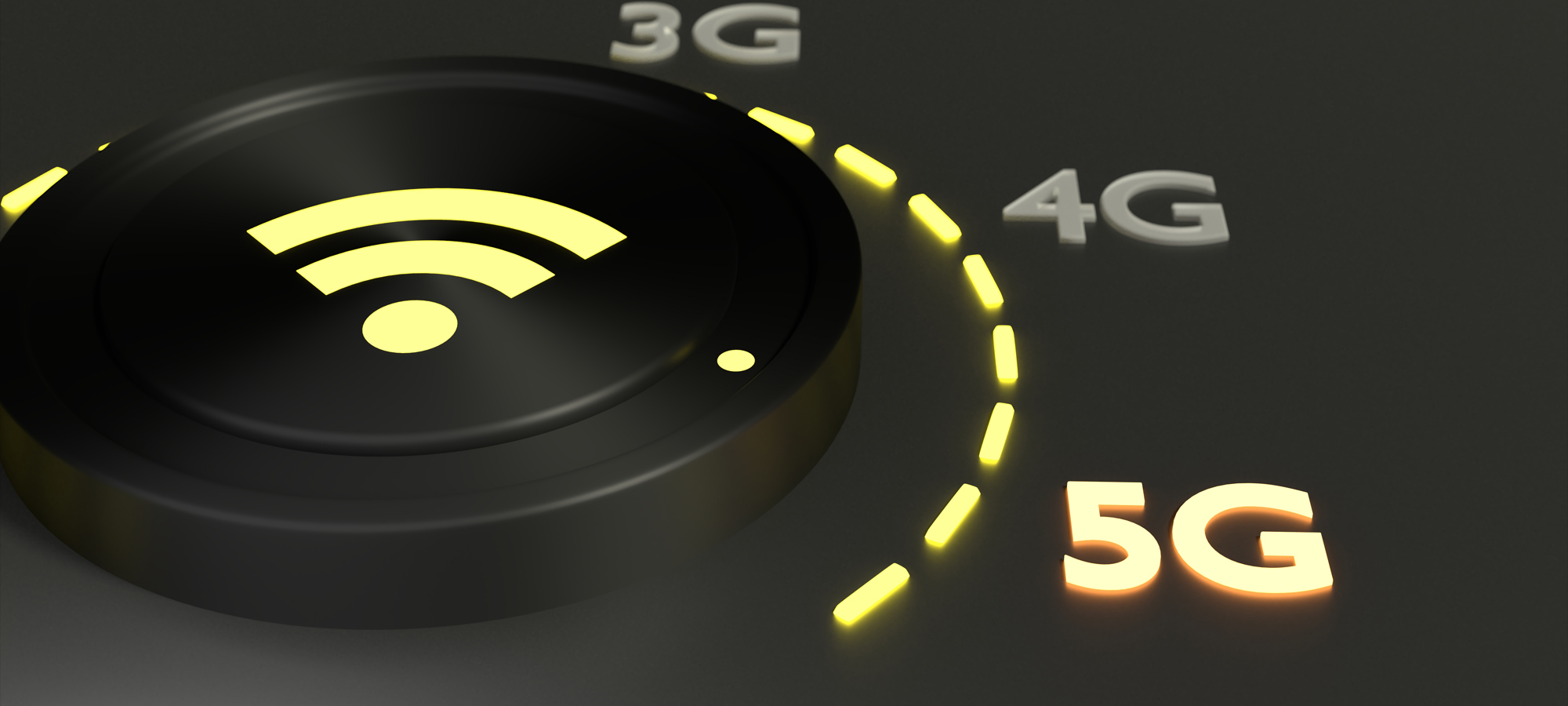The advent of 5G technology seems certain to revolutionize the way many industries harness the internet: from self-driving tractor trailers to intelligent irrigation systems, to billions of IoT sensors making our homes and offices smarter by the day, the autonomous revolution thirsts for a powerful, omnipresent network. However, its relevancy to the professional audiovisual world is less clear.
Today, enterprises are deliberating over installing 1Gb or 10Gb Ethernet backbones to transport 4K signals around facilities—with 10Gb seen mainly as a future-proof investment for all but the largest and most bandwidth-hungry companies. According to Joe Cornwall (CTS-D, CTS-I), technology evangelist at Legrand, the next-generation standard could deliver even greater capability.
“The interesting thing about 5G, if it’s realizable (and that’s a bit of an if; we still have not realized fully realized 4G speeds in most applications), then we’re getting to something approaching 20Gbps of data, and we can do this through a cellular network,” he said. “Suddenly that means we can begin to stream very high-quality content, and it frees us from the boundaries of having physical network connections, with the exception, of course, of power.”
At first glance, this sounds like a dream come true for facilities: no more worrying about infrastructure, since connectivity will no longer require wires. But it’s not that simple. “You get into something like a large university building or a hospital, something along those lines—it’s pretty hard to even get a cell signal in there now,” Cornwall said. “Getting these extremely high-frequency, very fast signals in there—that’s going to be a pretty significant challenge that will require us to rethink what a distributed antenna looks like, so that we can leverage 5G in those applications.”
And, for many enterprises, there’s one big concern that makes such a hurdle not worth learning to jump: security. “The fact that I can get a 5G signal to a projector in a building doesn’t do much for me if I need that to be on a secure network,” Cornwall said. “Because a 5G system will, of course, not be secure in the same sense as my LAN is secure, that I can control the LAN from one end to the other; the 5G network is a public network.”
For these reasons, Cornwall believes that 5G won’t have a significant influence on the core AV industry in less than a decade. Still, he envisions it opening the door for a wave of “semi-secure” applications, most notably involving digital signage.
With the ultra-low latency of 5G connectivity comes “the ability to do digital signage that has immediate facial recognition and can be customized for the user using geofencing,” Cornwall said. “As an example, if we look at that scene from Minority Report (which I think is where we are), if I can have a digital signage system such that it recognized your cellphone because you were a student on my campus, and you walked by that particular device, that very, very fast network could do a few things: it could recognize your cellphone and therefore you; it could call up specific videos, images, and advertising based on your social media profile, and give you a very personalized experience in terms of information communications.”
While this concept of two-way communication is far from new, 5G could enable it to propagate in all manner of locations. Add a solar panel or wind generator, Cornwall suggested, and these devices no longer need a physical connection of any kind—the possibilities for digitally omniscient (but hopefully not Orwellian) buildings and cities are almost endless. “You almost have to talk to a philosopher at this point to see how that’s going to change the way we live,” Cornwall said.

